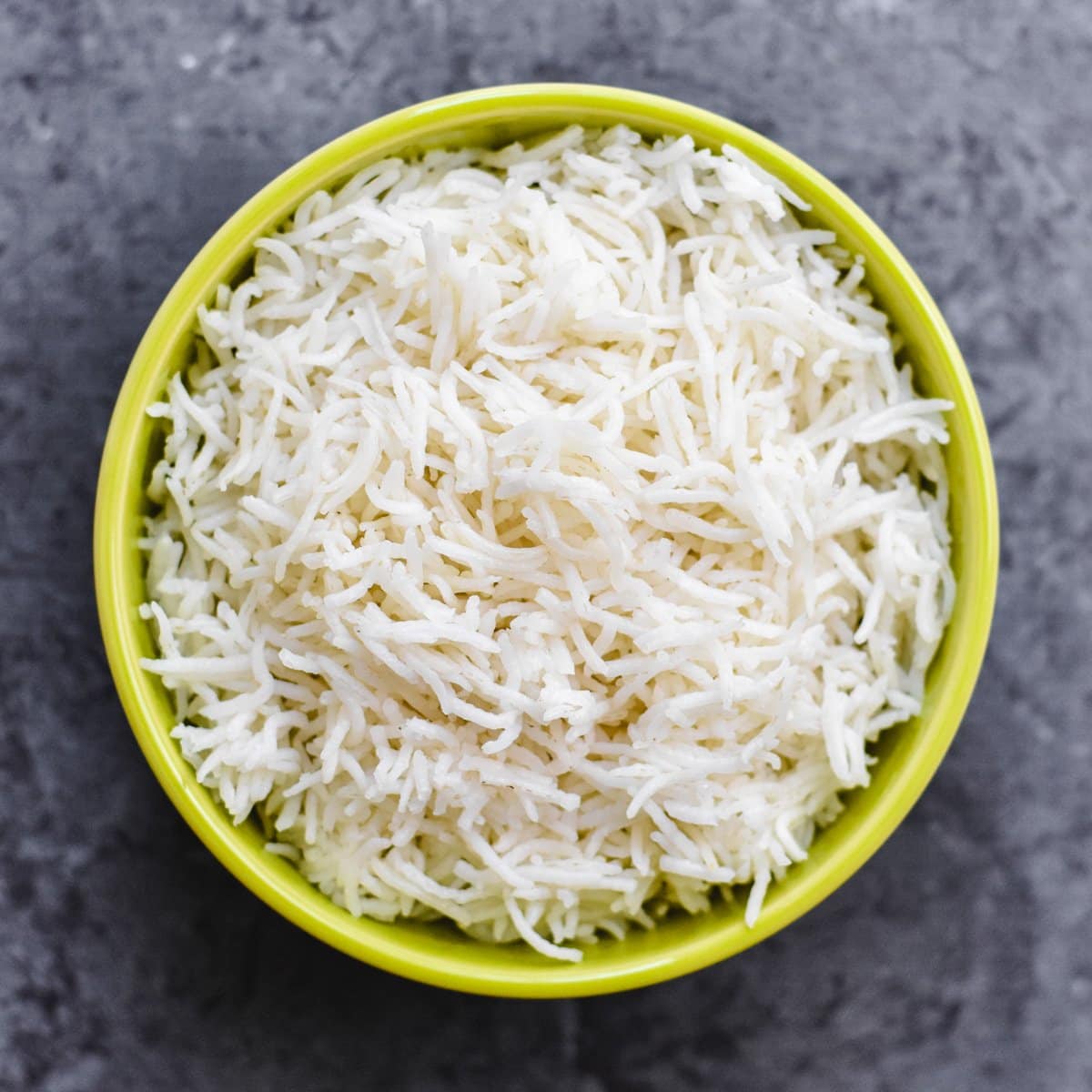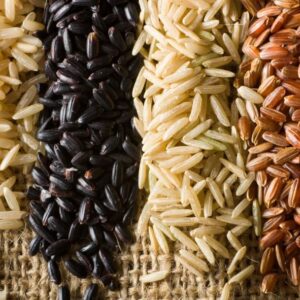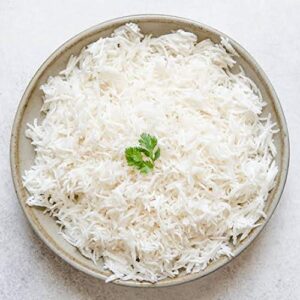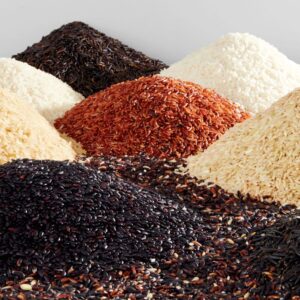Basmati rice is a premium quality, long-grain rice that is primarily grown in the Indian subcontinent. It is known for its distinctive aroma and flavor, as well as its delicate texture. In India, there are several different types of basmati rice, each with its own unique characteristics and culinary uses.
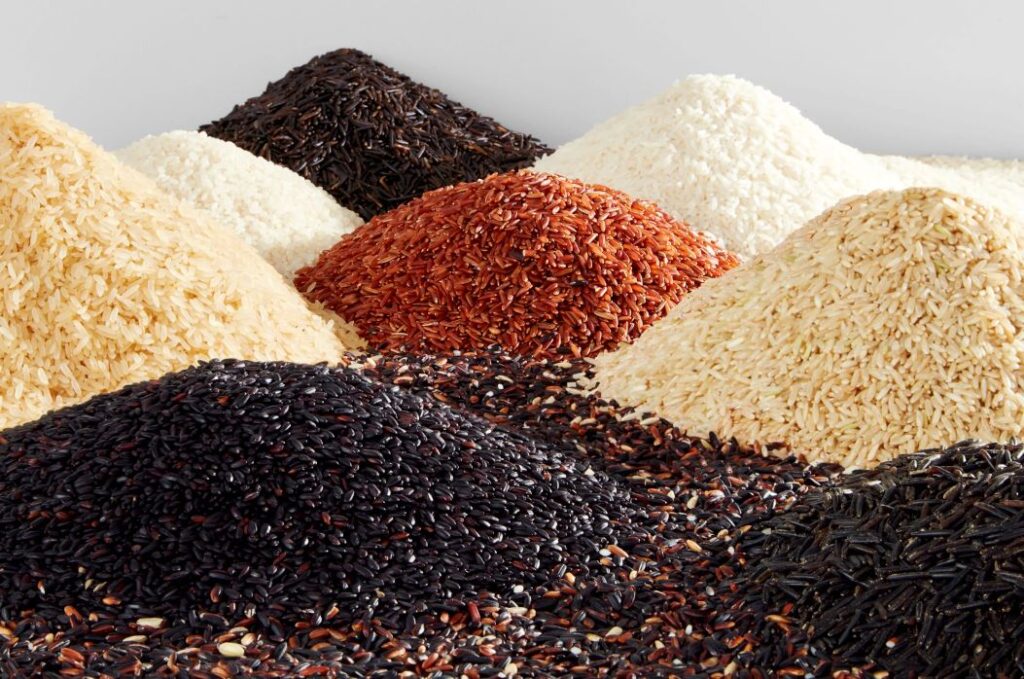
1. Traditional Basmati Rice
Traditional Basmati Rice is the most commonly grown variety of basmati rice in India. It is a long-grain rice that is typically aged for at least one year to enhance its flavor and aroma. The rice is known for its delicate, nutty flavor and tender texture, and it is often used in a wide variety of dishes, including biryanis, pilafs, and stir-fries.
2. Pusa Basmati Rice
Pusa Basmati Rice is a high-yielding variety of basmati rice that was developed by the Indian Agricultural Research Institute (IARI) in the 1960s. It is known for its long, slender grains and its distinctive aroma and flavor. Pusa Basmati Rice is typically aged for at least six months to enhance its flavor and aroma, and it is often used in biryanis, pilafs, and other rice-based dishes.
3. 1121 Basmati Rice
1121 Basmati Rice is a newer variety of basmati rice that was developed in India in the early 2000s. It is a long-grain rice that is known for its slender, aromatic grains and delicate flavor. 1121 Basmati Rice is typically aged for at least eight months to enhance its flavor and aroma, and it is often used in biryanis, pilafs, and other rice-based dishes.
4. Sugandha Basmati Rice
Sugandha Basmati Rice is a hybrid variety of basmati rice that was developed by cross-breeding Pusa Basmati and Traditional Basmati rice varieties. It is known for its long, slender grains and its strong aroma and flavor. Sugandha Basmati Rice is typically aged for at least one year to enhance its flavor and aroma, and it is often used in biryanis, pulavs, and other rice-based dishes.
5. Sharbati Basmati Rice
Sharbati Basmati Rice is a premium quality basmati rice that is grown in the state of Uttar Pradesh in India. It is known for its long, slender grains and its delicate, nutty flavor. Sharbati Basmati Rice is typically aged for at least six months to enhance its flavor and aroma, and it is often used in biryanis, pulavs, and other rice-based dishes.
6. Kasturi Basmati Rice
Kasturi Basmati Rice is a premium quality basmati rice that is grown in the state of Punjab in India. It is known for its long, slender grains and its delicate flavor and aroma. Kasturi Basmati Rice is typically aged for at least six months to enhance its flavor and aroma, and it is often used in biryanis, pulavs, and other rice-based dishes.
7. Mahi Sugandha Basmati Rice
Mahi Sugandha Basmati Rice is a hybrid variety of basmati rice that was developed by cross-breeding Pusa Basmati and Traditional Basmati rice varieties. It is known for its long, slender grains and its delicate flavor and aroma. Mahi Sugandha Basmati Rice is typically aged for at least one year to enhance its flavor and aroma, and it is often used in biryanis, pulavs, and other rice-based dishes.
In conclusion, basmati rice is a versatile.

